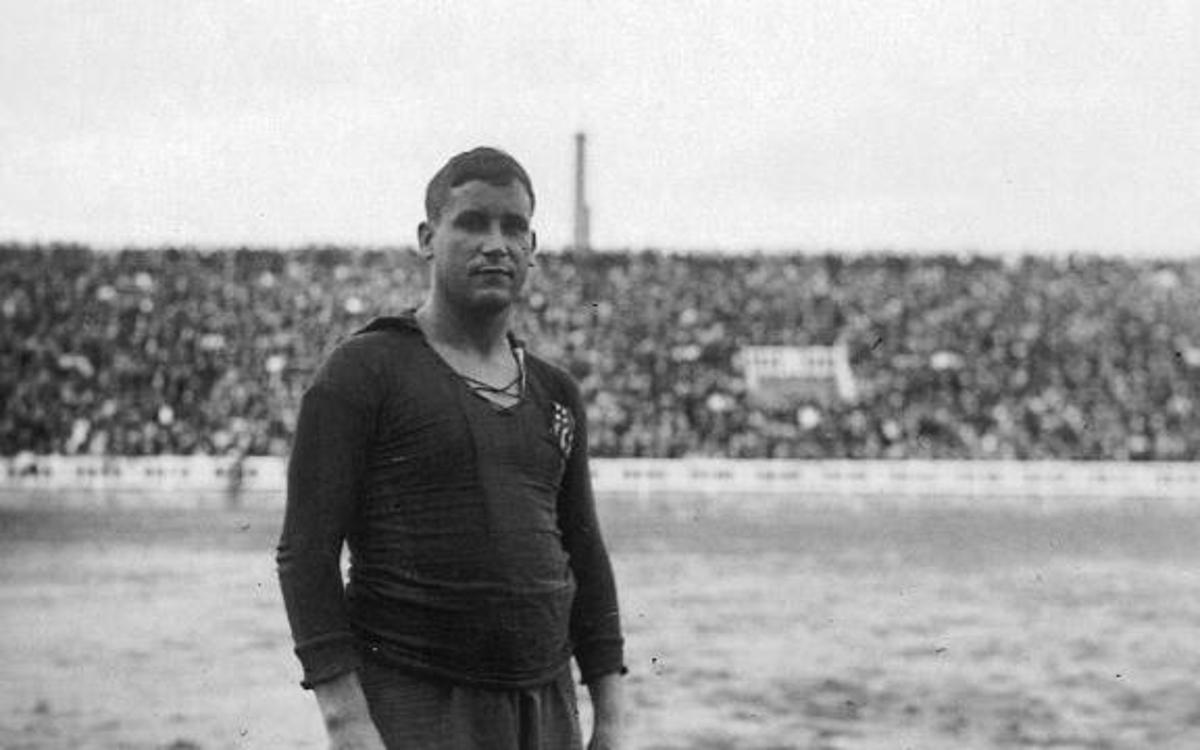Nowadays, it is less common to name penyes after players. In fact, if we are not mistaken, the last penya founded with the name of a player was the Peña Pedrito, in the Canary Islands, dedicated to Pedro Rodríguez, who came out of La Masia and is very well remembered by FC Barcelona fans.
There were also players such as Migueli, Joan Gamper, Carles Rexach, Pep Guardiola, Chapi Ferrer, Nadal, Marcial, Johan Cruyff, Ramon Llorens, Raich, Sadurní, Vicenç Piera, Marc Bartra, Gerard Piqué, Hristo Stoichtkov, Bakero, Rivaldo, Carles Puyol, Ivan de la Peña, Andrés Iniesta, Kubala, Milonguita Heredia or even the distant Héctor Scarone, who gives his name to the penya in Montevideo.
The presidents who have given names to penyes have been Joan Gamper, Josep Suñol, Josep Lluís Núñez, Joan Gaspart and Joan Laporta. Without forgetting Nicolau Casaus, whose name is currently carried by five penyes. However, if we talk about curious names, we find that in 1991 a penya was found in the Valencian city of Alboraia with an unusual name: Penya Barcelonista Juan Pablo II de Alboraia.
Tribute to Agustí Sancho
But we do not deviate from the subject, and we return to the beginnings of the 30’s when, following the trend, a penya emerged in homage to the great Barça’s center of the “Edat d’Or”: the Penya Sancho. We have little information on it, beyond the fact that it was founded in tribute to Agustí Sancho, but the importance of this character deserves a chapter dedicated to him.
He is a player who may not have a cinematic story like some of his teammates of that time, but, without any doubt, he was a key name in what has been the second-best period in the history of FC Barcelona: the Barça of “L’Edat d’Or”. Comparing time and personality, Sancho’s role in that team could be compared to the one developed by Sergio Busquets in Barça in the last decade.
Agustí Sancho Agustina was born on 3 December 1896 in the town of Bell-lloc in Castellón. When he was very young, his family moved to Barcelona, and he started playing football at the age of 15 in different teams of Sants. In the 1916/17 season, he moved to FC Barcelona replacing the midfielder Alfred Massana, and soon became an important player. He was at the heart of the blaugrana midfield until the 1921/1922 season, when he left again for UE Sants due to discussions with the board regarding the renewal of his license.
Evidently, in this renewal there was an economic transfer covered, since at that time the so called “brown amateurism” (a way of being paid under the table) was very common since it was not yet official professionalism in football. One season later, with Enric Cardona at the presidency of the club, Sancho returned to wear the blaugrana shirt until 1928.
Sporting and economic successes
The money earned from football allowed him to improve his professional and social status later on, becoming a contractor of works and acquiring a good standard of living. Moreover, he was contracted to the Barcelona City Council in an important position in the municipal works. His teammates criticized his stinginess, but thanks to this stalwart demeanor he didn’t go through the hardships of others after retiring from football.
Agustí Sancho was Spanish champion five times and Catalan champion nine times. He played three times with the Spanish National Team between 1920 and 1923. It is worth mentioning the first appearance, at the 1920 Olympic Games in Antwerp, where Spain won the silver medal with Sancho as a member.
Agustí Sancho died on August 25, 1960, at the age of 63.
One of the anecdotes that circulate as a legend in blaugrana key was Sancho’s ability to catch the ball with his foot, to make it roll on his more than marked belly and to hit it with force without it falling to the ground. This play created the delirium of the FC Barcelona fans that gathered at the Carrer Indústria field or, later, at the brand-new stadium of Les Corts.






